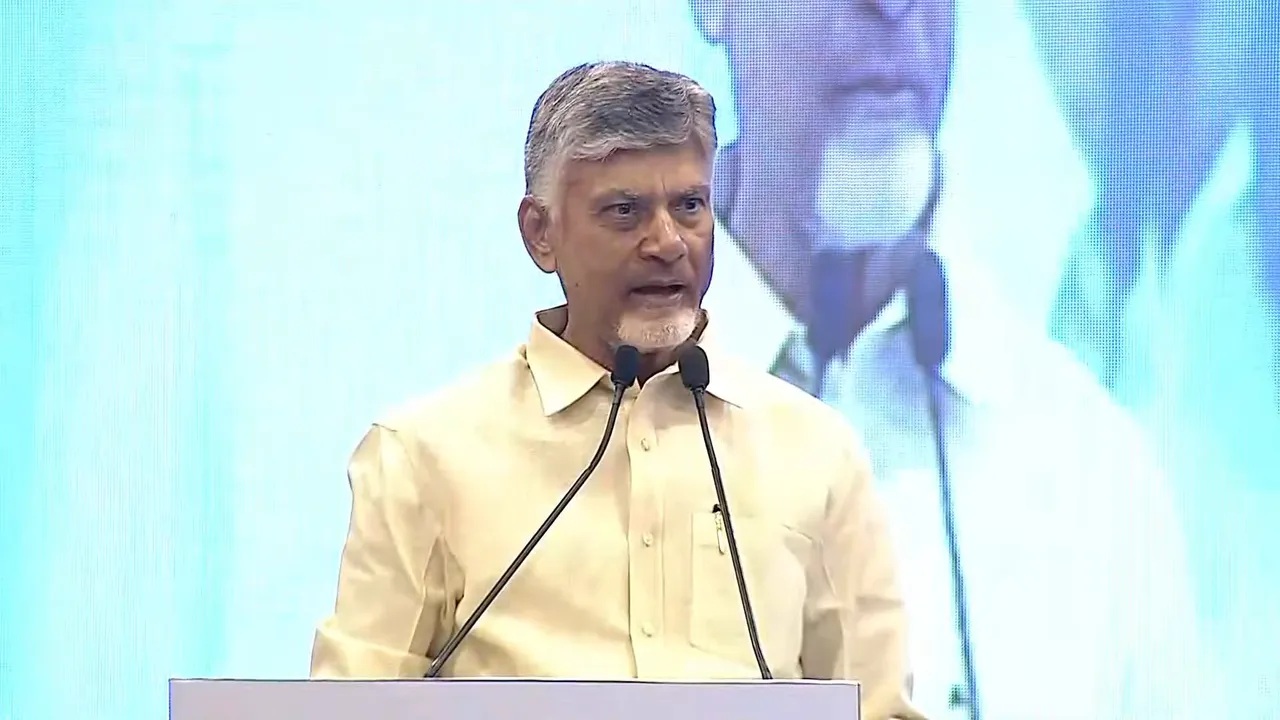Exporters in Andhra Pradesh have been advised to explore alternative markets such as the European Union, the Middle East, and ASEAN nations to reduce over-reliance on the US.
Published Aug 07, 2025 | 1:10 PM ⚊ Updated Aug 07, 2025 | 1:10 PM

Chief Minister N Chandrababu Naidu has acknowledged the potential fallout and indicated that the state government is considering several measures.
Synopsis: Several sectors in Andhra Pradesh will feel the heat of the US hiking the tariff on imports. The state government is taking steps to ameliorate the effect of the tariff heat.
The 25% tariff imposed by the United States on Indian imports, effective from Thursday, 7 August, will have a bearing on multiple sectors in Andhra Pradesh, a key player in India’s export economy.
The hardest hit is the aquaculture sector, particularly shrimp farming.
Andhra Pradesh accounts for nearly 70% of India’s shrimp production. With the new tariff, the total duty on Indian shrimp entering the US now ranges between 30–37%, when combined with existing anti-dumping and countervailing duties.
This has significantly reduced the competitiveness of Indian shrimp in the US market, leading to a steep drop in prices—from ₹270–300 per kg to ₹220–230 per kg—resulting in losses of ₹40–50 per kg for farmers.
Approximately three lakh people are directly employed in the state’s shrimp industry, especially in districts like West Godavari, East Godavari, Krishna, and Nellore, which are now particularly vulnerable.
Chief Minister N Chandrababu Naidu has acknowledged the potential fallout and indicated that the state government is considering measures such as rebranding Andhra shrimp, promoting domestic consumption, and diversifying export markets.
The textile and apparel industry is also expected to feel the heat. Companies like Welspun, which derive 40–60% of their revenue from the US market, may face contract renegotiations or cancellations by major American retailers such as Walmart, Gap, and Costco.
This could result in decreased profitability, reduced order volumes, and job losses in textile hubs like Guntur and Visakhapatnam. Home textiles and garments, in particular, are vulnerable to disruptions in supply chains and loss of export competitiveness.
Andhra Pradesh is steadily positioning itself as a major electronics manufacturing hub, especially in districts like Chittoor and Sri City, with facilities producing smartphones and components, such as Apple iPhones.
While the US tariffs may raise prices for American consumers and dampen demand, Andhra Pradesh could still benefit from the global supply chain realignment. India’s effective tariff rate of 26% is significantly lower than China’s (54%) and Vietnam’s (46%), giving Andhra Pradesh a relative advantage if it can attract investments seeking diversification away from China and Southeast Asia.
Exporters in Andhra Pradesh have been advised to explore alternative markets such as the European Union, the Middle East, and ASEAN nations to reduce over-reliance on the US. The state government is also considering enhanced PLI (Production-Linked Incentive) schemes for electronics and textiles, alongside promotional strategies for local shrimp consumption.
(Edited by Majnu Babu).
